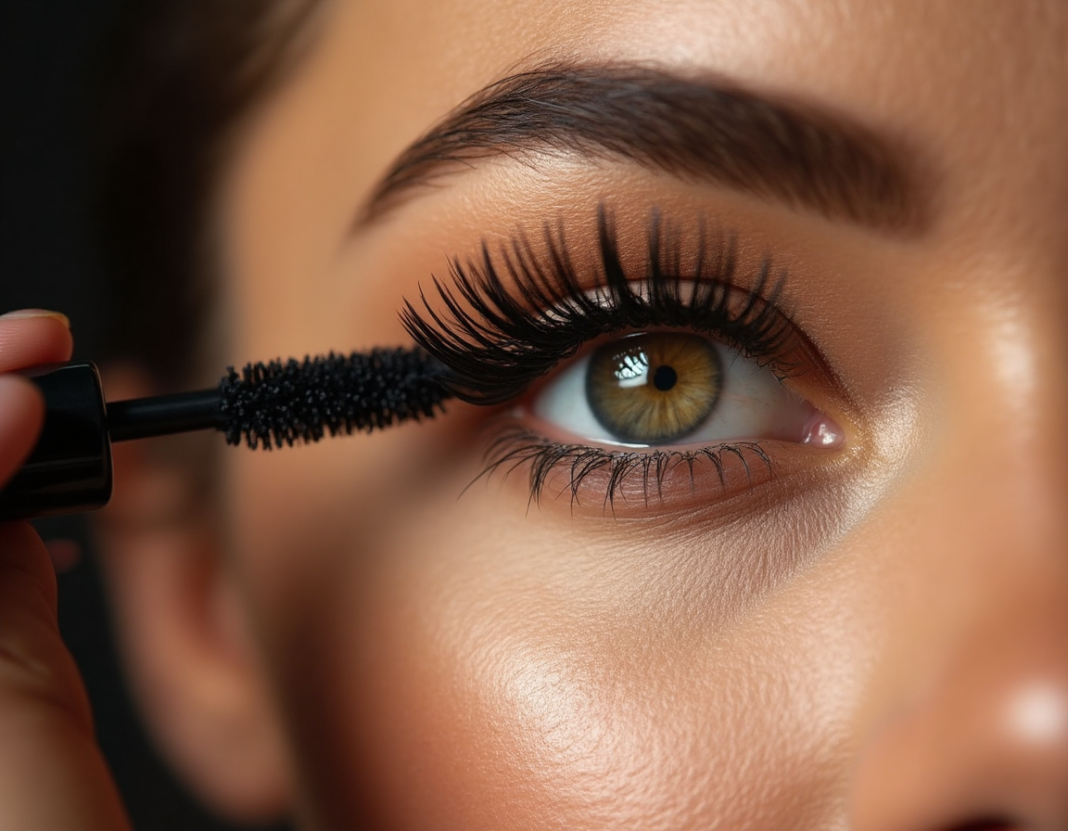Hey there, lash lovers!
If you’re anything like me, you’ve probably had a love affair with lash extensions at some point. That feeling of waking up with fluttery, full lashes, no mascara, no curling, no effort? Magic.
But if you’ve ever dealt with irritated eyelids, stinging during application, or that weird glue smell that hits the back of your throat, you’re not alone.
The culprit? It’s often the adhesive. Most traditional lash glues rely on cyanoacrylate (a fast-drying bonding agent) that can trigger allergic reactions, fumes, and environmental concerns. And in 2025, we’re finally seeing something new: plant-based lash glues.
Yep, clean beauty has officially hit the lash bar.
But are these new, natural-sounding formulas actually safe, effective, and worth the hype?
Let’s break it down, from what’s in them to how they perform, so you can decide if going green is right for your next lash set.
🌱 What Exactly Is Plant-Based Lash Glue?
Plant-based lash glue is a newer category of adhesive made with bio-based, non-toxic ingredients, often derived from natural polymers like:
- Tree sap (similar to traditional resin)
- Corn or sugarcane starches
- Plant-derived cellulose
- Aloe or chamomile extracts (used in soothing formulas)
They’re typically free from formaldehyde, parabens, carbon black, latex, and other common allergens, making them more appealing for:
- Sensitive skin
- Eco-conscious clients
- Pregnant or nursing women (always consult your doctor, though)
Think of it like swapping out harsh nail polish remover for acetone-free versions, gentler, but still needs to work.
⚙️ How Do They Perform Compared to Traditional Lash Glues?
Let’s get real: performance is everything when it comes to lash extensions. You want:
- Long wear (at least 2–3 weeks)
- Strong hold
- Minimal irritation
- Quick drying
So, how do plant-based options compare?
✔️ Pros:
- Gentler on skin & eyes: Less likely to cause itching, redness, or watery eyes
- Lower fumes: No strong chemical smell during application
- Safer for sensitive clients: Great for first-timers or those with allergies
- Environmentally friendlier: Biodegradable packaging, fewer synthetic toxins
⚠️ Cons:
- Slightly shorter retention: Most last around 10–16 days, versus 18–24 with pro-grade glues
- Longer drying time: Some formulas take 2–3 seconds to bond (vs. 0.5–1 second)
- Not all techs use them yet: Still considered “niche” in many salons
- Higher cost: Many plant-based glues are 20–40% more expensive due to natural ingredient sourcing
🧪 What’s in the Label? Look for These Key Ingredients
If you’re shopping for or requesting plant-based adhesive, make sure the label includes:
- Bio-based bonding agents: Look for ethyl cellulose, plant polymers, or modified starches
- Soothing agents: Like aloe vera, rose water, calendula
- NO cyanoacrylates (or, at least, a lower concentration of medical-grade versions)
- Formaldehyde-free, latex-free, cruelty-free certifications
🧴 Insider Tip: Some brands blend plant-based ingredients with low-toxicity medical adhesives for better longevity—if you’re in it for the long haul, this might be your best middle ground.
💬 What Lash Techs Are Saying in 2025
I spoke to a few lash artists in Dubai, Toronto, and Sydney, here’s the consensus:
“Clients love the smell, or lack of it. No more tearing up before we even get started.”
“Retention is good, but not great. It’s perfect for clients who come every 10–12 days.”
“I use it on pregnant clients or those with past glue allergies, and it’s a game-changer.”
In short: great for sensitive eyes, better for the planet, but maybe not ideal for that tropical vacation or three-week refill window.
🧖♀️ Who Should Try Plant-Based Lash Glues?
Plant-based lash adhesives are especially worth exploring if:
- You have sensitive skin or an allergy history
- You’ve experienced burning or stinging during lash appointments
- You prefer clean beauty products
- You’re okay with slightly shorter wear time
- You don’t mind paying a little more for gentler ingredients
Not sure? Ask your lash tech for a patch test 24–48 hours before your appointment. The best salons now offer both traditional and plant-based options on request.
🧼 Pro Tips for Making Plant-Based Lashes Last
To get the best retention from your eco-friendly lashes:
- Avoid oil-based cleansers or serums near your eyes
- Keep lashes dry for 24 hours after your appointment
- Sleep on your back (or use a silk pillowcase)
- Brush daily with a clean spoolie
- Use a lash sealant every 2–3 days for extra hold
Fun fact: Some lash techs now use plant-based nano-misters to set lashes with herbal-infused water vapor—next-level natural!
🌿 Final Thoughts: Is the Switch Worth It?
If you’re chasing long-lasting retention with zero maintenance and two-week gaps between fills, you might want to stick with the classics (at least for now).
But if you’re:
- Sensitive-skinned
- Into clean beauty
- Wanting a more eco-conscious lash experience
- Open to shorter wear but gentler ingredients
…then plant-based lash glues are worth trying.
They represent a more thoughtful, skin-friendly future for lash beauty, one that doesn’t sacrifice your health for the sake of drama.
Because really, your lashes shouldn’t come at the cost of your comfort or the planet.
Have you tried a plant-based lash glue yet? Drop your experience or favorite brand in the comments, I’d love to know what’s working for you in 2025.
Stay fluttery, stay fabulous



